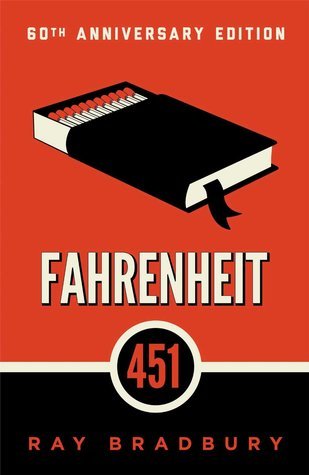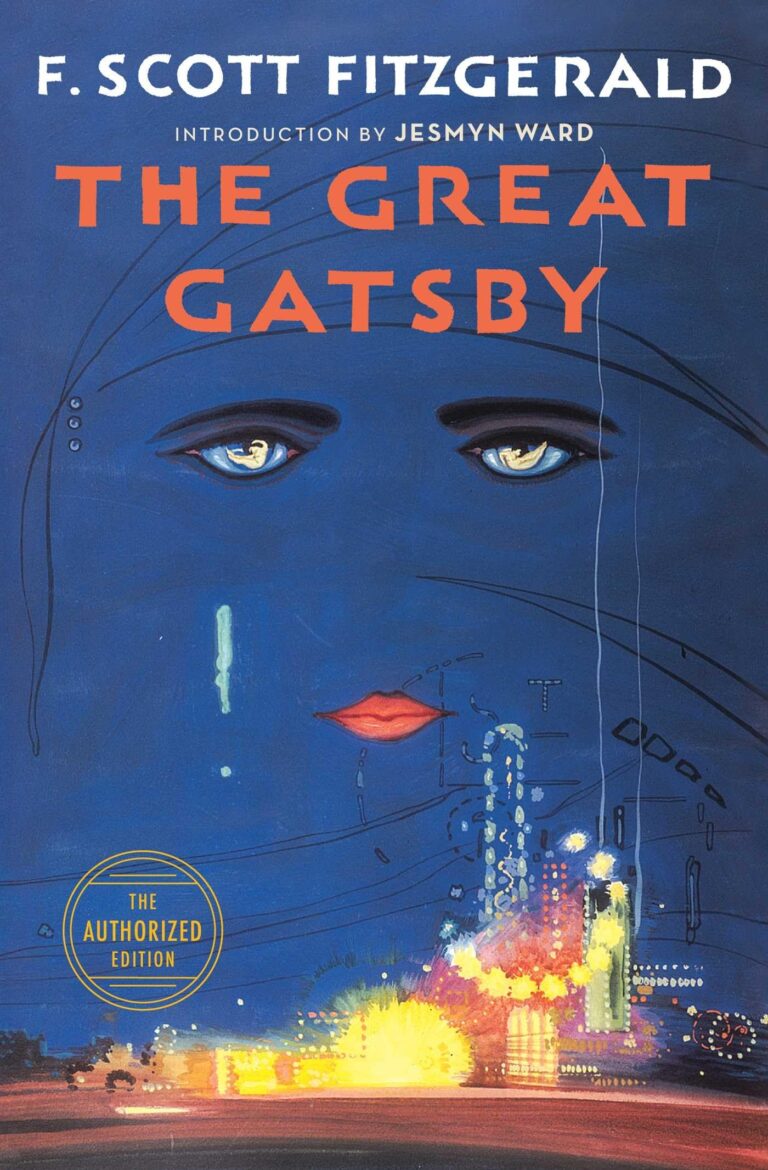The Chilling Message of Fahrenheit 451
Burning Books and Frozen Minds: The Chilling Message of Fahrenheit 451
In a future where books are burned and thinking is forbidden… could you survive such a world?
Hey there, friends! A few nights ago, I found myself scrolling through a list of classic novels I’d always meant to read but never got around to. That’s when *Fahrenheit 451* popped up—and for some reason, this time, I couldn’t scroll past it. Maybe it’s because lately, with information flooding every corner of our lives, I’ve started wondering if we’re actually forgetting how to think for ourselves. So I decided to finally read it… and wow. I did not expect it to hit this hard.
Table of Contents
Understanding the Dystopia
Ray Bradbury’s *Fahrenheit 451* isn’t just a story about burning books—it’s a chilling exploration of a society that willingly gives up critical thinking in exchange for comfort and convenience. The world of the novel is fast, loud, and emotionally hollow. People don’t talk anymore; they consume shallow entertainment and live in bubbles of distraction. Sounds eerily familiar, doesn’t it?
The dystopia Bradbury paints isn’t the result of an oppressive government alone—it’s a society that stopped asking questions. In their rush to avoid discomfort, they censored ideas, eliminated complexity, and chose numbness over awareness. Books weren’t forcibly taken—they were abandoned. That’s the scariest part. It’s not about dictatorship; it’s about self-inflicted ignorance.
Media Manipulation and Government Control
In *Fahrenheit 451*, mass media isn’t just a distraction—it’s a weapon. The government doesn’t need to police every citizen individually; it simply floods them with noise. Walls become giant screens. Conversations are replaced with commercials. It’s not just censorship—it’s saturation.
| Element | Impact on Society | Modern Parallel |
|---|---|---|
| TV walls | Replaces personal interaction, creates passive consumers | Social media, binge streaming |
| “Seashell” earbuds | Isolates individuals from reality | Wireless earbuds, 24/7 music and podcasts |
| Propaganda news | Distorts truth, fuels fear and compliance | Misinformation, partisan news outlets |
Montag’s Journey and Inner Conflict
Guy Montag, the fireman turned rebel, is the emotional anchor of the novel. His transformation is messy, painful, and deeply human. It starts with a single question—”Am I happy?”—and unravels his entire identity. Here’s how his journey unfolds:
- Blind conformity as a loyal fireman
- An awakening sparked by Clarisse’s curiosity
- Rebellion triggered by witnessing a woman’s self-immolation
- Spiritual crisis and emotional collapse
- A final leap into exile, where hope and resistance begin
His evolution isn’t heroic in the traditional sense. It’s raw, confused, and full of contradictions—which makes it all the more real. Montag shows us that even in a broken world, transformation is possible… but only if we dare to question everything.
Fire as a Symbol: Destruction vs. Enlightenment
Fire is perhaps the most potent symbol in *Fahrenheit 451*. At the beginning of the novel, it represents destruction—cleansing the world of books, knowledge, and dissent. Montag sees it as a tool of order, power, and obedience. But as the story progresses, fire begins to change meaning.
By the end of the novel, around the campfire with exiled intellectuals, fire transforms into a symbol of warmth, rebirth, and community. It’s no longer a weapon—it’s a beacon. This duality of fire reflects Montag’s own internal journey, from destroyer to seeker, from blind follower to conscious thinker.
Fire’s evolving symbolism is a reminder that tools are not inherently evil—it’s how we use them that matters. Just like technology today, fire can burn down or light the way. It’s up to us to choose.
Why Fahrenheit 451 Still Matters
Although *Fahrenheit 451* was published in 1953, its themes resonate more than ever today. Our modern society faces different challenges, but the core warnings remain shockingly relevant. Here’s a breakdown of how the novel’s core issues compare with today’s reality:
| Theme | In the Novel | In Today’s World |
|---|---|---|
| Censorship | Books are banned and burned | Content moderation, algorithmic silencing |
| Isolation | People avoid real conversations | Addiction to screens, social disconnection |
| Anti-intellectualism | Knowledge is dangerous, questioning is illegal | Science denial, misinformation culture |
Lessons We Can Take into the Real World
So what should we walk away with after reading *Fahrenheit 451*? More than just a fear of censorship, Bradbury’s message is about awareness, connection, and courage. Here are a few key takeaways:
- Always question the world around you—don’t settle for surface answers.
- Books aren’t just paper—they’re living ideas. Treat them as such.
- Connection requires effort—make time for real conversations.
- Use technology wisely—it’s a tool, not a substitute for thinking.
It’s both. While censorship is a surface theme, the novel dives deeper into self-imposed ignorance and emotional disconnection from society.
Books challenge conformity. They provoke thought, encourage questioning, and reflect uncomfortable truths—things the society in the novel tries to suppress.
Clarisse represents curiosity, free thinking, and the beauty of simple observation. She’s the spark that ignites Montag’s awakening.
Not exactly. Technology in itself isn’t the villain—it’s how society uses it to numb minds and avoid discomfort that creates problems.
It refers to the temperature at which book paper supposedly burns—symbolizing the destruction of knowledge and thought.
It ends with hope—quiet, fragile, but real. Montag joins a group of thinkers who believe in rebuilding society through memory and truth.
If there’s one thing *Fahrenheit 451* taught me, it’s this: never stop thinking. Never stop reading. Never stop asking questions. We live in a noisy world, but in that noise, we still have the power to seek truth, connect meaningfully, and spark change—one page at a time. Let’s keep the fire burning—not to destroy, but to illuminate.






